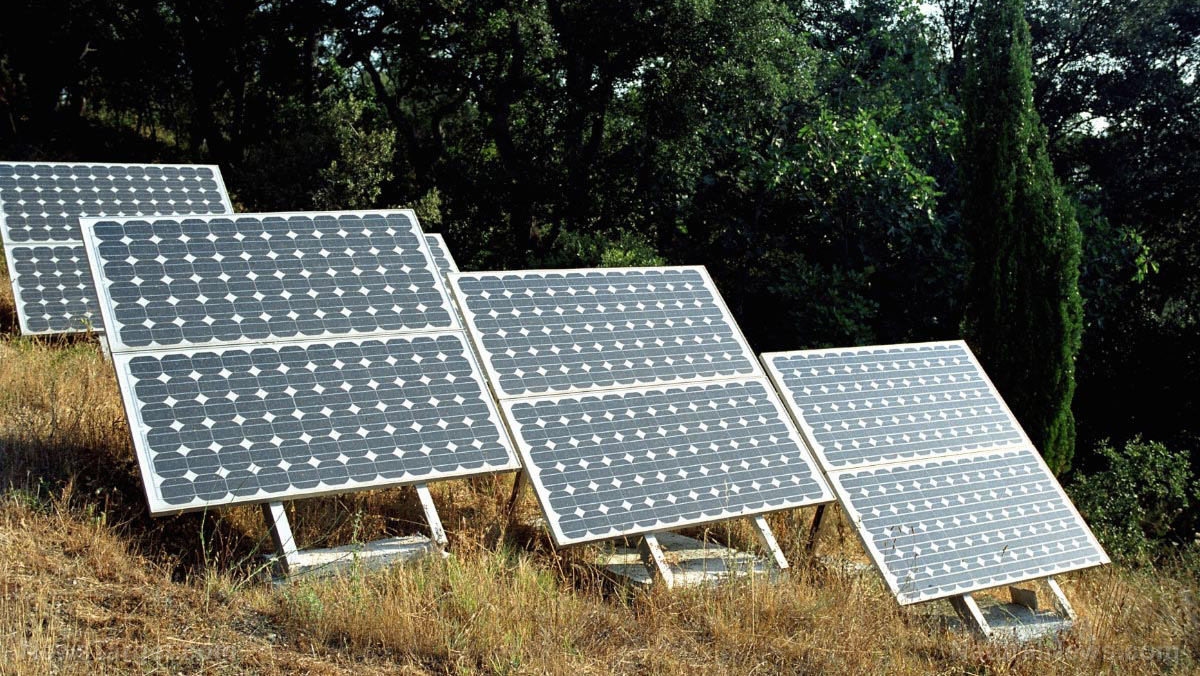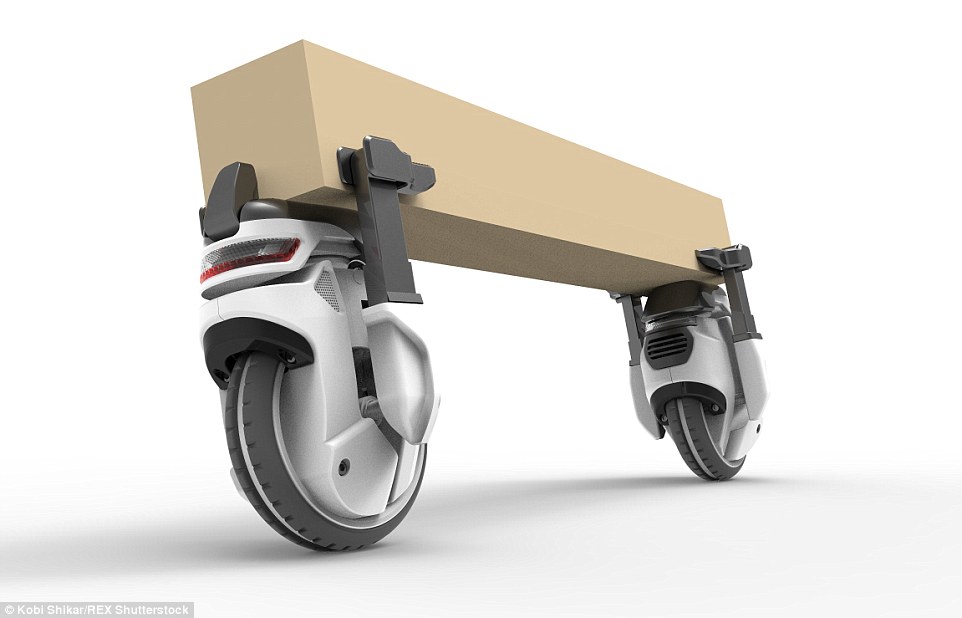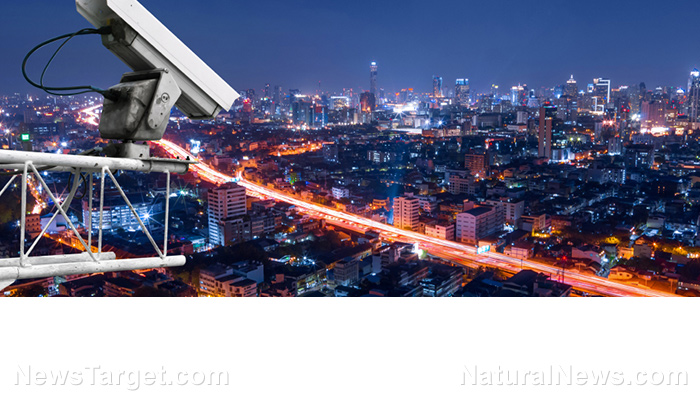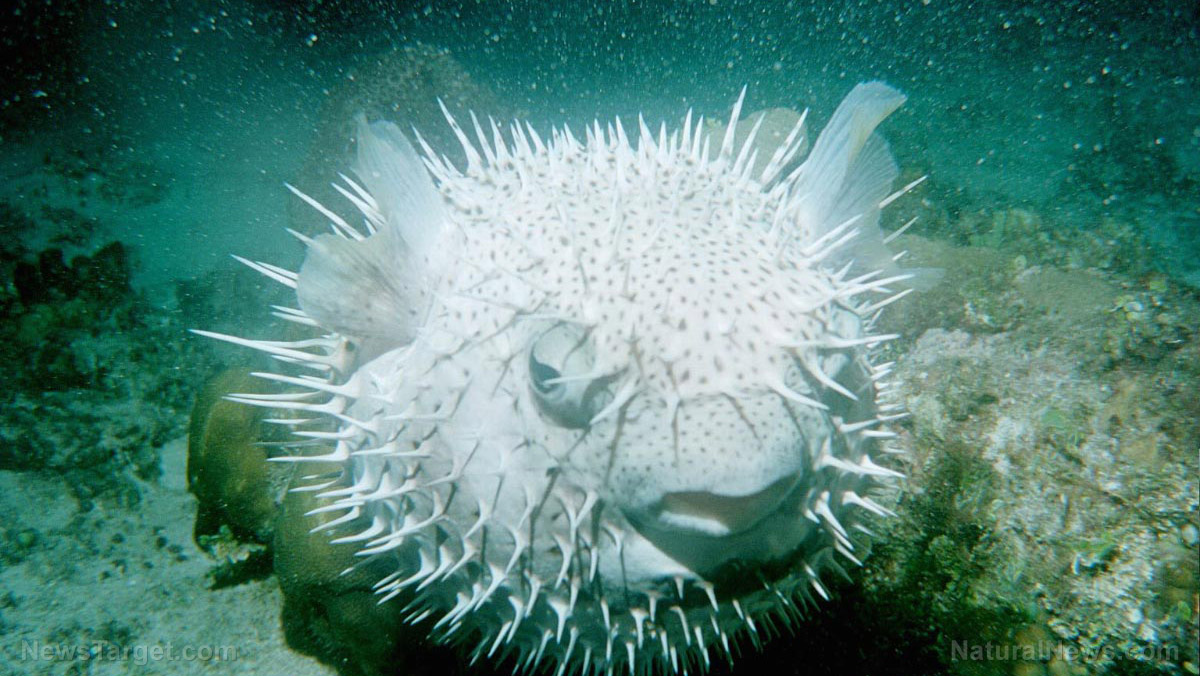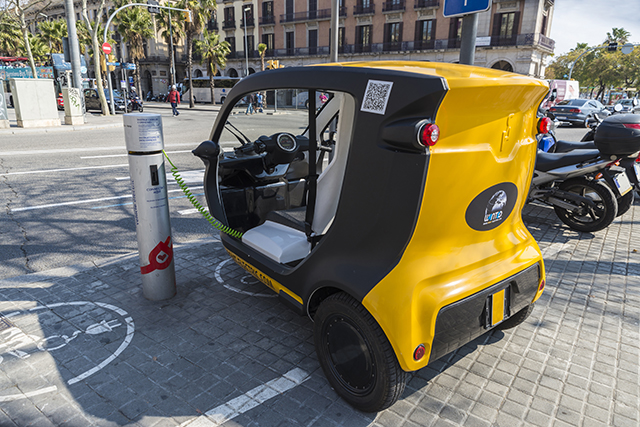High-rise building slated for construction in Australia will be draped in more than 20,000 plants
09/10/2020 / By Divina Ramirez
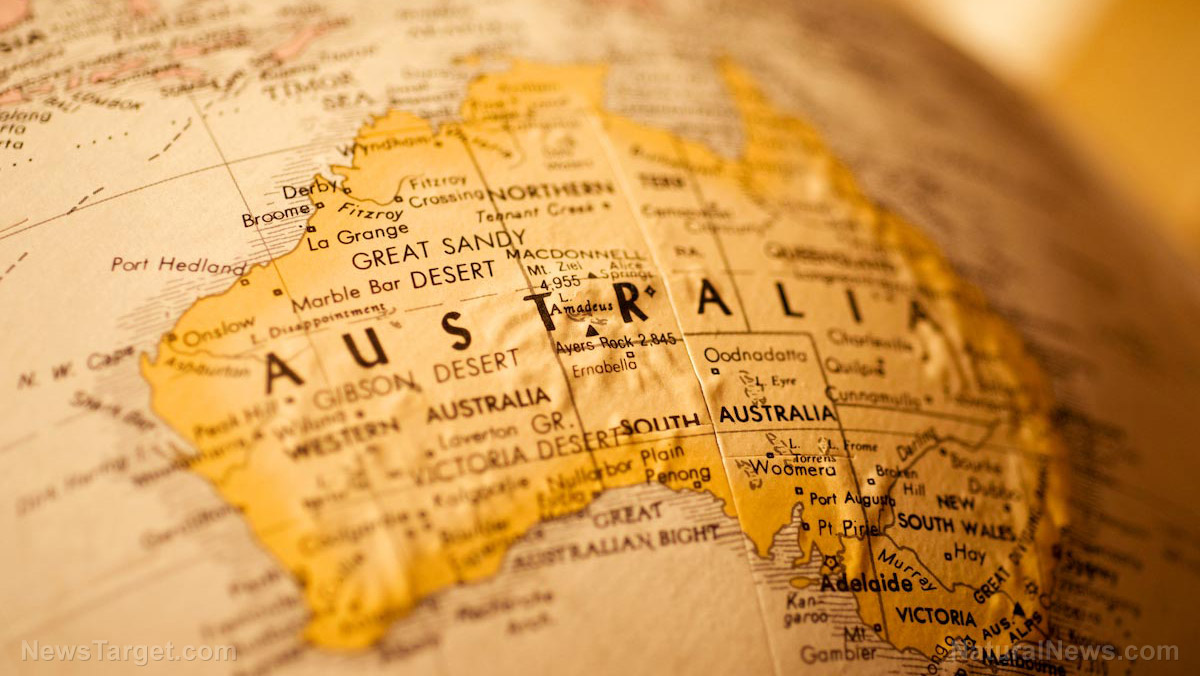
“Urban Forest,” a 30-story mixed-use high-rise in Brisbane, Australia, is poised to become the greenest building around the globe in the most literal sense.
The building itself is set to be raised up on large columns that resemble tree trunks. It includes 382 apartments and a stepped facade that doubles as extended balconies for residents.
Designed by Sydney-based architect Koichi Takada, the entire facade of the building is also going to be covered in more than 1,000 trees and 20,000 plants native to the region.
The overall design is intended to utilize natural light and maximize cross-ventilation. The immense foliage, on the other hand, is intended to provide natural insulation.
Other “green” features include solar panels and a self-sustaining rooftop garden. “Urban Forest” is perhaps the greenest building that could be made given current technologies and building regulations, said Takada.
Last July, Brisbane developer Aria Property Group submitted an application to the Brisbane City Council for a site in South Brisbane. The application is still pending approval, but construction is set to start in 2021.
Brisbane’s first “breathing” building
For the most part, the design of the building is inspired by the green construction principles of Singapore and other popular green buildings, such as the Bosco Verticale in Milan, said Michael Hurley, Aria Property Group‘s residential development director.
These green construction principles can be seen throughout the building. For instance, besides the immense vertical garden, Takada’s design also features an open public park on the ground level. On this level, gigantic columns designed to mimic the organic shape of tree trunks serve as the building’s foundational posts.
The entire building itself, on the other hand, is set to look like a gigantic “green spine” connecting the Southbank Parklands to Musgrave Park, a public park in the area. In fact, the building’s living facade is projected to hold more than five times the amount of trees and plants found in Musgrave Park.
But the green landscape of this project aims to provide more than just a fresh and attractive feature. The lush facade is intended to become an active component of a sustainable building, increasing local biodiversity and reducing the city’s ecological footprint.
Just last April, Takada had unveiled designs for another property group in Los Angeles. His plans incorporated California’s iconic coniferous trees in a massive green facade that covered a 160-room hotel and a 528-unit apartment building.
Explaining his use of plants in his designs, Takada said that concrete, steel and glass are hard and solid industrial materials. Instead of embracing these “dead” materials, people need to start embracing more “living” materials and “living” architecture.
In fact, to achieve its goal of sustainability, Takada and his team are aiming for a six-star Green Star rating, the highest rating for the system. Green Star is the largest voluntary and internationally recognized sustainability rating system for buildings in Australia. It assesses the sustainability attributes of a project from start to finish.
With this rating in mind, Takada’s “Urban Forest” will also feature low-maintenance building materials, renewable power from solar panels and a rooftop garden irrigated using harvested rainwater. (Related: New highly efficient thin-film solar cell generates more energy than typical solar panels.)
The project also makes a significant contribution to the surrounding communities through the provision of an on-site visitor center. Through this center, students of nearby schools and the public could learn about the building’s sustainable design and the various plant and tree species found throughout the building’s facade.
Over the past decade, Brisbane itself has been taking strides to become a more sustainable city since it houses more than three million of the country’s population. In time, more sustainable projects like “Urban Forest” might also establish Brisbane as a global leader in green buildings, just like Singapore, said Hurley.
Read more articles about the benefits of vertical gardens at HomeGardeningNews.com.
Sources include:
Tagged Under: biodiversity, biotechnology, Ecology, environment, food production, food supply, gardening, green living, landscaping, Plants, sustainable living, trees, urban gardening, urban gardens, vertical garden
RECENT NEWS & ARTICLES
COPYRIGHT © 2017 FUTURETECH.NEWS
All content posted on this site is protected under Free Speech. FutureTech.news is not responsible for content written by contributing authors. The information on this site is provided for educational and entertainment purposes only. It is not intended as a substitute for professional advice of any kind. FutureTech.news assumes no responsibility for the use or misuse of this material. All trademarks, registered trademarks and service marks mentioned on this site are the property of their respective owners.

